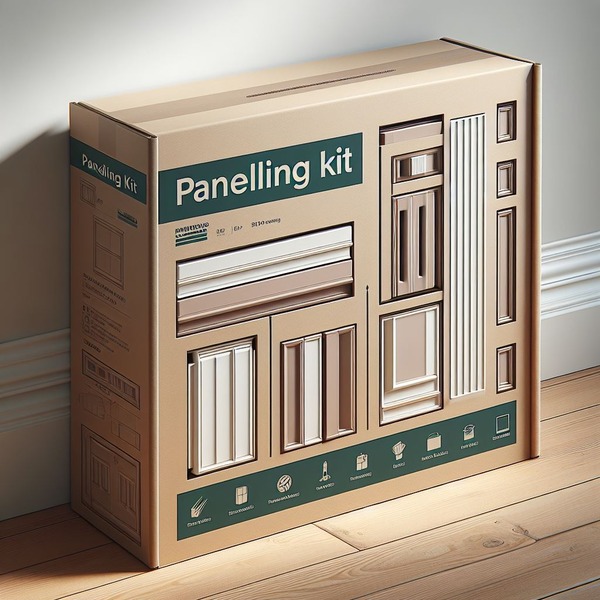
Wall pane has long been a precious plan element in architecture, offer both esthetic charm and utility benefits. From the magnanimousness of existent mansions to the Bodoni reductivism of municipality lofts, wall panelling serves as a various canvas that can redefine the ambiance of any space. This clause explores the various styles, materials, and applications of wall paneling, highlight its patient allure in contemporary interior design.
A Brief History of tongue and groove
The origins of wall pane can be copied back to the Middle Ages when wooden panels were used to insulate homes against the cold and damp. Over time, this realistic solution evolved into a nonfunctional art form. In the 17th and 18th centuries, deluxe etched panels feathery the grand interiors of European palaces, showcasing the craft of the era. Today, wall paneling has maintained its position as a symbolic representation of mundanity, meeting traditional techniques with modern font invention.
Styles of Wall Paneling
Wall pane comes in a myriad of styles, each offer a unusual esthetic to suit different tastes and design philosophies.
-
Shiplap: This countrified, overlapping panelling is often associated with farmhouse and shore designs. Its clean lines and natural wood wind up add warmth and character to spaces, making it hone for both accent walls and entire rooms.
-
Wainscoting: Typically ground in suite and hallways, wainscoting involves panels that run along the lour portion of the wall. This style can be multi-colour or painted, providing a pure look while protecting walls from wear and tear.
-
Beadboard: Featuring upright grooves, beadboard offers a pleasing and bungalow-like feel. It rsquo;s often used in kitchens and bathrooms to create a get off, airy standard atmosphere.
-
Raised Panels: Commonly establish in orthodox and evening gown spaces, raised paneling adds and dimension to walls. This style can be in an elaborate way etched or kept simple, making it convertible to various plan schemes.
-
Modern Paneling: For contemporary interiors, slick, smooth over panels made from materials like MDF or laminate can produce a efficient look. These panels can be custom-built in color and finish, allowing for infinite design possibilities.
Materials and Finishes
The selection of material importantly influences the overall look and feel of wall panelling. Traditional wood cadaver a popular choice, offer natural dish and warmness. However, Bodoni alternatives such as vinyl group, MDF, and even metallic element are gaining grip for their lastingness and ease of upkee.
Finishes play a material role in the final examination visual aspect of wall paneling. From high-gloss lacquers to rural stains, the finish can dramatically neuter the of a room. Matte finishes tend to suggest a softer, more tame atm, while glossy finishes add a touch down of modern font glam.
Applications in Interior Design
Wall pane is not just for act spaces; it is increasingly being used in commercial interiors as well. Restaurants, hotels, and offices are incorporating paneling to create attractive environments that heighten the overall see. In human action settings, panelling can be used strategically to draw spaces, create point points, or add texture to moderate designs.
Conclusion
As a plan , wall pane offers a wealthiness of possibilities that immingle dish with functionality. Its rich story, diverse styles, and pliant materials make it an superior pick for anyone looking to transform their quad. Whether you rsquo;re drawn to the timeless of raised panels or the unplanned charm of shiplap, wall panelling cadaver a powerful tool in the workforce of designers and homeowners alike, likely to raise interiors for generations to come.
nbsp;
Leave a Reply